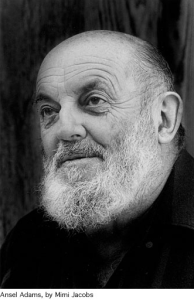Promotion
Use code TAURUS25 for 20% off sitewide + free shipping over $35
By clicking ‘Sign Up,’ I acknowledge that I have read and agree to Hachette Book Group’s Privacy Policy and Terms of Use
By the Author
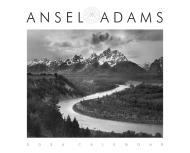
Ansel Adams 2026 Wall Calendar
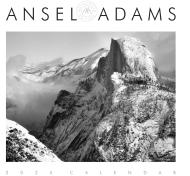
Ansel Adams 2025 Wall Calendar
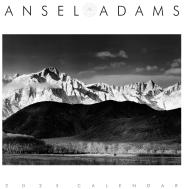
Ansel Adams 2025 Engagement Calendar

Ansel Adams 2024 Engagement Calendar
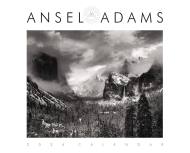
Ansel Adams 2024 Wall Calendar
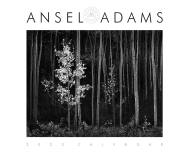
Ansel Adams 2023 Wall Calendar

Ansel Adams 2023 Engagement Calendar
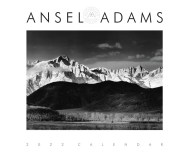
Ansel Adams 2022 Wall Calendar
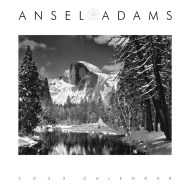
Ansel Adams 2022 Engagement Calendar
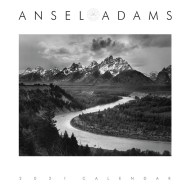
Ansel Adams 2021 Engagement Calendar
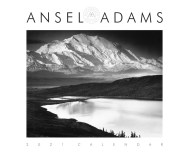
Ansel Adams 2021 Wall Calendar
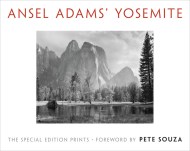
Ansel Adams’ Yosemite

Ansel Adams 2020 Color Mini Wall Calendar

Ansel Adams 2020 Wall Calendar
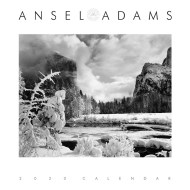
Ansel Adams 2020 Engagement Calendar
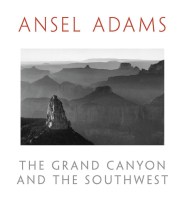
The Grand Canyon and the Southwest
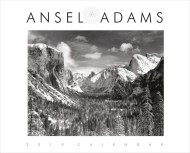
Ansel Adams 2019 Wall Calendar
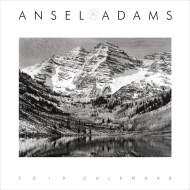
Ansel Adams 2019 Engagement Calendar
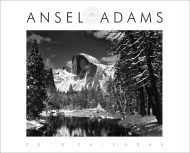
Ansel Adams 2018 Wall Calendar

Ansel Adams 2018 Engagement Calendar
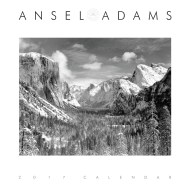
Ansel Adams 2017 Engagement Calendar
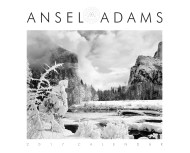
Ansel Adams 2017 Wall Calendar
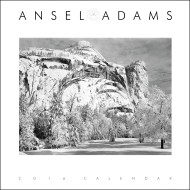
Ansel Adams 2016 Engagement Calendar

Ansel Adams 2016 Wall Calendar
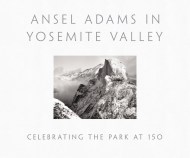
Ansel Adams in Yosemite Valley
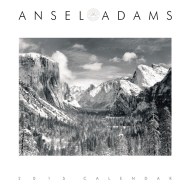
Ansel Adams 2015 Engagement Calendar

Ansel Adams 2015 Wall Calendar

Ansel Adams in the Canadian Rockies
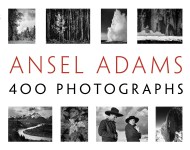
Ansel Adams: 400 Photographs

Ansel Adams 2014 Wall Calendar

Ansel Adams 2014 Engagement Calendar

Half Dome, Blowing Snow, Yosemite National Park, California, c. 1955
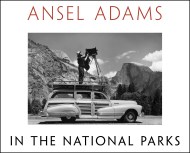
Ansel Adams in the National Parks
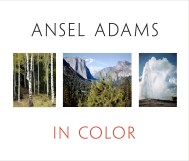
Ansel Adams in Color

Moon and Half Dome, Yosemite National Park, California, 1960

Tetons and the Snake River, Grand Teton National Park, Wyoming, 1942

Moonrise, Hernandez, New Mexico, 1941
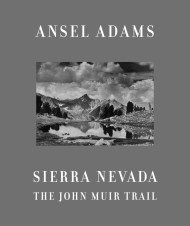
Sierra Nevada
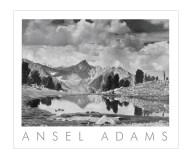
Mount Clarence King, Pool, Kings Canyon National Park, c. 1925
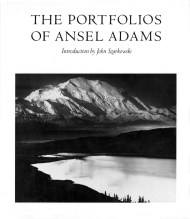
The Portfolios of Ansel Adams
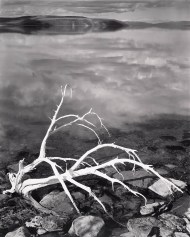
White Branches, Mono Lake, California, 1947

Ansel Adams at 100
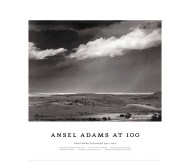
Thunderstorm Over the Great Plains, Near Cimarron, New Mexico 1967
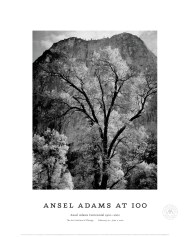
Autumn Tree Against Cathedral Rocks, Yosemite 1944

Tenaya Lake, Mount Conness, Yosemite National Park, California, Circa 1946

Old Faithful Geyser, Yellowstone National Park, Wyoming, 1942

Our National Parks

Yosemite National Park
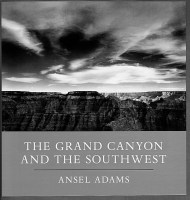
The Grand Canyon and the Southwest
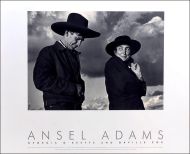
Georgia O’Keeffe and Orville Cox, Canyon De Chelly

Rose and Driftwood, San Francisco, California 1932
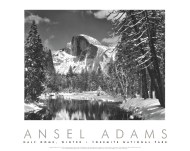
Half Dome, Merced River, Winter, Yosemite National Park

El Capitan, Winter, Yosemite
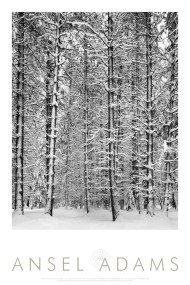
Pine Forest in Snow, Yosemite National Park, California, 1932
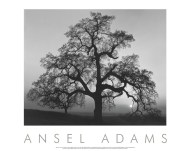
Oak Tree, Sunset City, California 1932
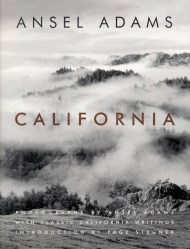
California
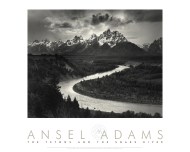
Tetons and the Snake River, Grand Teton National Park, Wyoming, 1942

Tenaya Creek, Dogwood, Rain, Yosemite National Park, Cailfornia, 1948

Canyon de Chelly National Monument

Nevada Fall, Rainbow, Yosemite
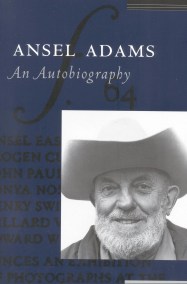
Ansel Adams: An Autobiography
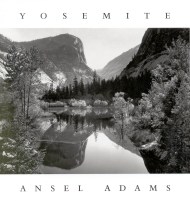
Yosemite
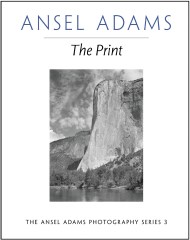
The Print
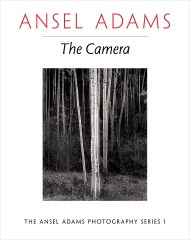
The Camera

This Is the American Earth
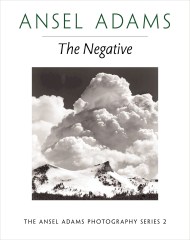
The Negative
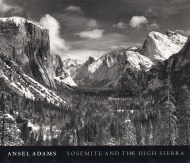
Yosemite and the High Sierra

Photographs of the Southwest
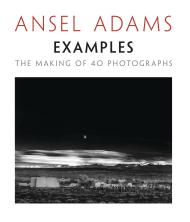
Examples
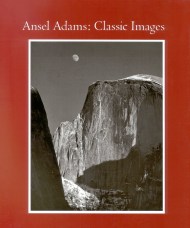
Ansel Adams: Classic Image Essays





